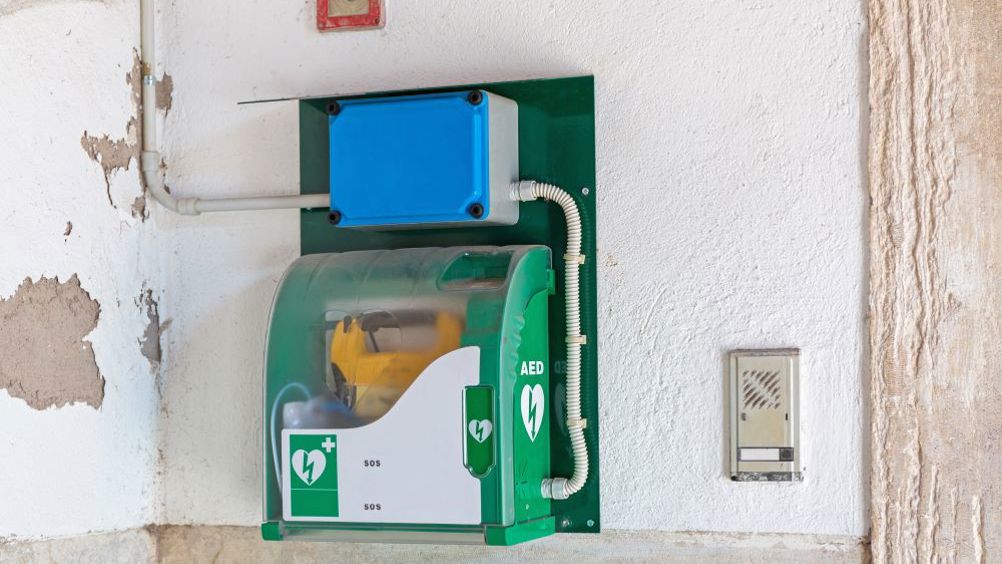References
Deprivation links to bystander cardiopulmonary resuscitation and defibrillation rates

Abstract
Background:
Public access defibrillators and cardiopulmonary resuscitation (CPR) have been at the forefront of public health campaigns and public education and are key links in the chain of survival. Despite this, survival rates for out-of-hospital cardiac arrest (OHCA) in 2024 in the UK are lower than in comparable countries.
Aims:
This study aimed to critically review research in the UK to identify whether a patient's level of socioeconomic deprivation impacts their chances of receiving bystander CPR and defibrillation.
Methods:
A rapid evidence review was conducted with literature searches from 2013 to July 2023 carried out. Five studies were identified.
Findings:
OHCA incidence was lowest in areas of least deprivation, while the most deprived populations had lower rates of bystander CPR (BCPR) with higher OHCA incidences. Automated external defibrillator (AED) provision did not correlate with OHCA incidence.
Conclusion:
Research is needed to look at areas with a high incidence of OHCA associated with low rates of BCPR, with the aim to target high-risk areas of low BCPR and high OHCA incidences for public education and AED installation, including qualitative research into the population's thoughts and knowledge of CPR and defibrillation.
The annual incidence of out-of-hospital cardiac arrest (OHCA) in England is approximately 55 per 100000 people (Resuscitation Council (UK) (RCUK), 2021). Recently published data have shown a decrease in survival-to-discharge rates, with fewer than 7.8% of OHCA patients surviving beyond 30 days in 2022 compared to 8.5% in 2021 (Warwick Clinical Trials Unit, 2022; 2023).
The chain of survival has four factors that maximise survival chances in an OHCA including early cardiopulmonary resuscitation (CPR) and early defibrillation (Nolan et al, 2006). Across the UK, bystander cardiopulmonary resuscitation (BCPR) is attempted in 70% of OHCAs and survival can be two to four times more likely with this (Perkins et al, 2016). Additionally, defibrillation within the first 5 minutes of collapse can produce survival rates as high as 70%; however, in 2021, public access defibrillators were deployed in fewer than 6% of OHCAs although this improved to 8.5% in 2022. (Perkins et al, 2016; Warwick Clinical Trials Unit, 2022; 2023).
Subscribe to get full access to the Journal of Paramedic Practice
Thank you for visiting the Journal of Paramedic Practice and reading our archive of expert clinical content. If you would like to read more from the only journal dedicated to those working in emergency care, you can start your subscription today for just £48.
What's included
-
CPD Focus
-
Develop your career
-
Stay informed

